
Still One Piece: B-17 The All American – February 1,1943
A Messerschmitt pilot, blazing with his guns, aimed his plane at the nose of the All American. The crew on the B-17 Flying Fortress had seconds to respond. […]

A Messerschmitt pilot, blazing with his guns, aimed his plane at the nose of the All American. The crew on the B-17 Flying Fortress had seconds to respond. […]
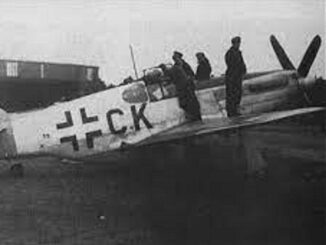
During World War II, belligerents actively searched reliable data concerning their opponent’s equipment. This was particularly true of air forces, which could obtain a decisive tactical advantage if given the opportunity to examine enemy aircraft. The most famous example of this was the Japanese A6M Zero fighter : American forces managed to salvage a copy of this “invincible” fighter shortly after the battle of Midway. Restoring it to flyable status, they discovered the aircraft had many weaknesses and were able to devise tactics that exploited those weaknesses to maximum effect. On the European front, the large number of Allied aircraft flying – and crashing or ditching – over Axis soil meant that, sooner or later, the Luftwaffe would be able to recuperate Allied aircraft wrecks, study them and, hopefully, restore them to flying status. The P-51 Mustang brought the Luftwaffe so much trouble that the Germans certainly longed to get their hands on an airworthy model… […]
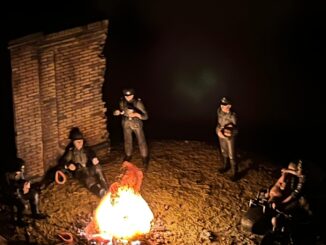
A beautiful diorama that looks good in the dark and can be done with inexpensive kits. […]
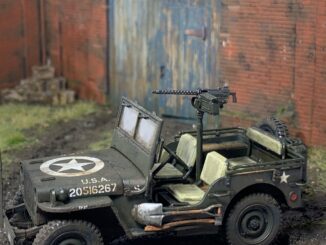
Tamiya’s 1997 mold kit. Fun and easy to do for everyone. […]
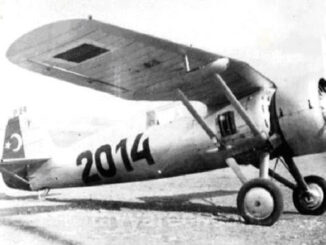
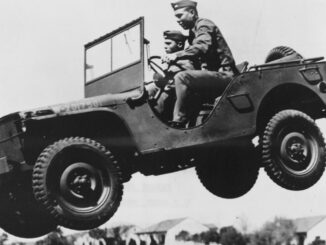
Jeeps served as indefatigable pack horses for troop transport and towing supply trailers, carrying water, fuel, and ammunition, and pulling through the most difficult terrain. […]
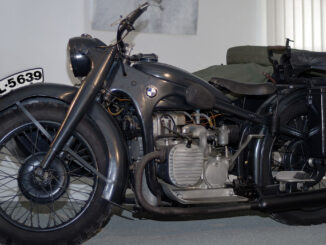
During the war, such fast vehicles proved ever-critical to the speed required in Hitler’s blitzkriegs of European countries. When the German army needed motorcycles, BMW was chosen to supply them. They produced R12. […]
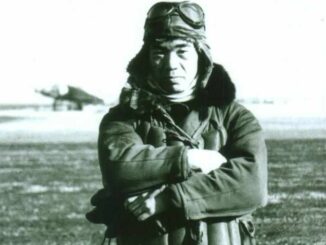
Saburo Sakai is probably Japan’s best-known pilot of World War II, with the possible exception of Captain Mitsuo Fuchida of Pearl Harbor infamy. In a seven-year combat carrier, he credited with at least 28 aerials victories and shooting down or severly damaging well over 60 Allied aircraft, despite later in the war flying a plane that was vastly inferior to his opponents’ planes. […]
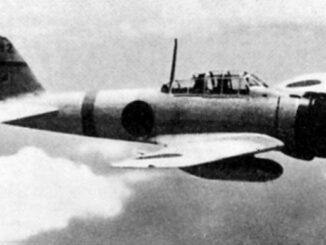
Much has been written over the years about the Japanese Zero Fighter Aircrafts. Much was based upon hearsay and legend and little upon fact itself. […]
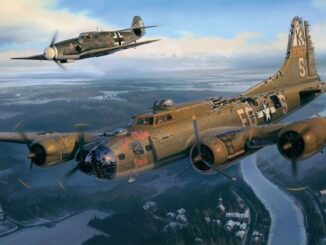
From Enemies to Friendship December 20, 1943 A few days before Christmas and snowlakes spattered the windshield of “Ye Olde Pub”. An American B-17 bomber, […]
Copyright © 2024 | MH Magazine WordPress Theme by MH Themes